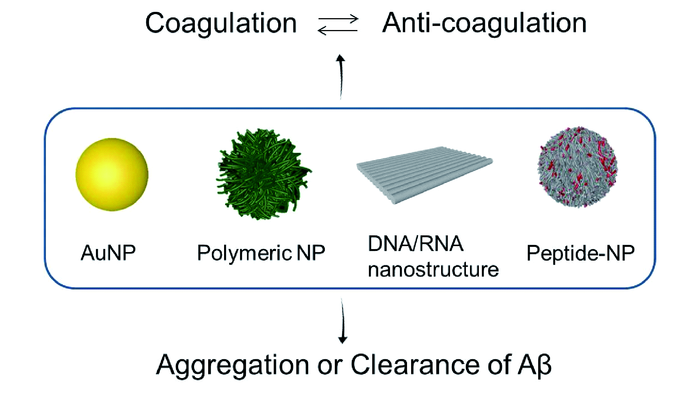 PDF(6243 KB)
PDF(6243 KB)


 PDF(6243 KB)
PDF(6243 KB)
 PDF(6243 KB)
PDF(6243 KB)
纳米材料对生物凝聚态的调控
 ({{custom_author.role_cn}}), {{javascript:window.custom_author_cn_index++;}}
({{custom_author.role_cn}}), {{javascript:window.custom_author_cn_index++;}}Regulation of Condensed States of Biological Macromolecules by Rationally Designed Nanomaterials
 ({{custom_author.role_en}}), {{javascript:window.custom_author_en_index++;}}
({{custom_author.role_en}}), {{javascript:window.custom_author_en_index++;}}
| {{custom_ref.label}} |
{{custom_citation.content}}
{{custom_citation.annotation}}
|
/
| 〈 |
|
〉 |